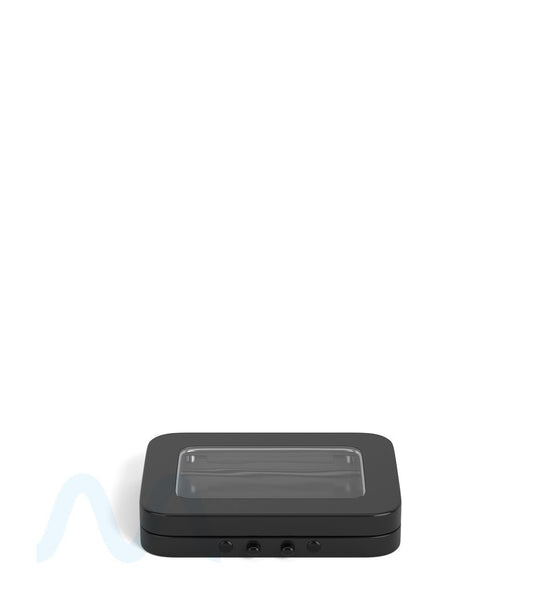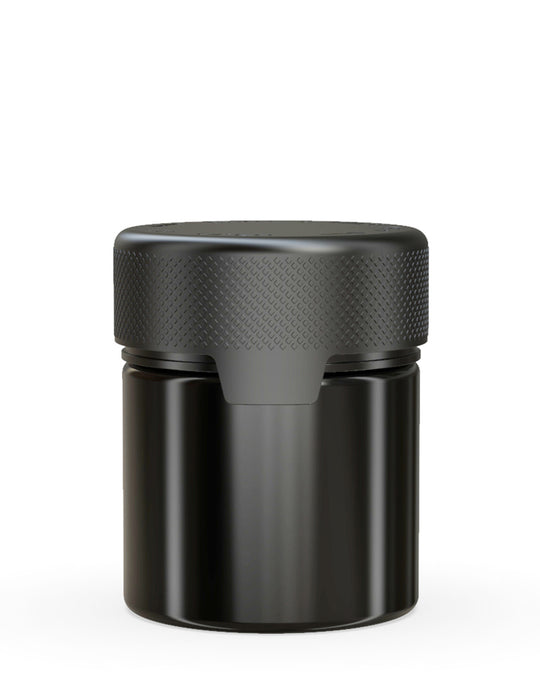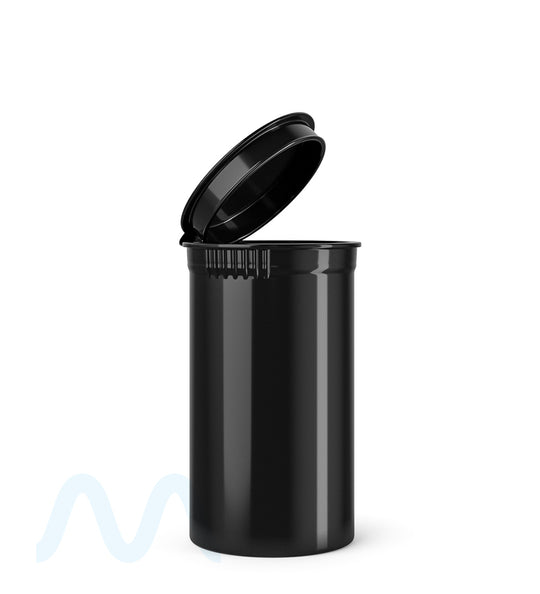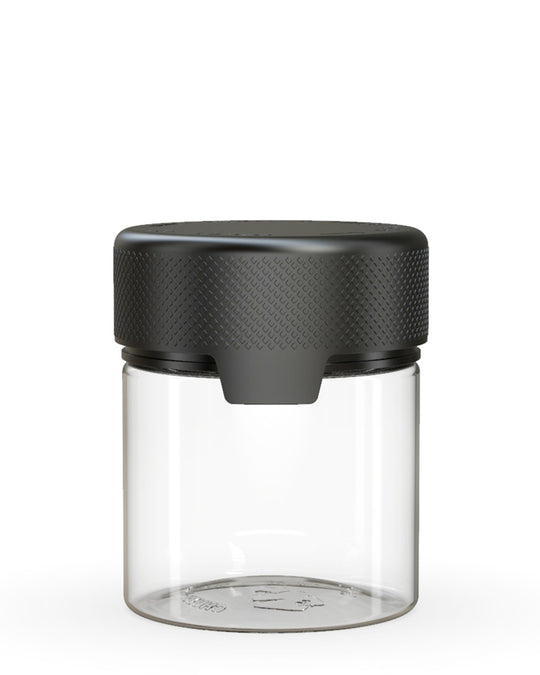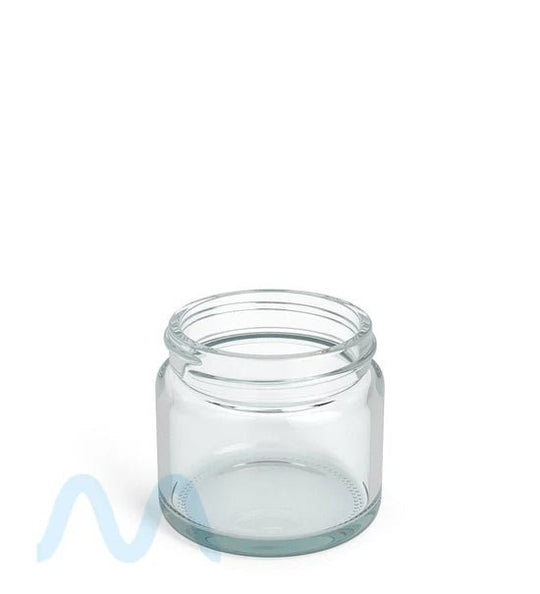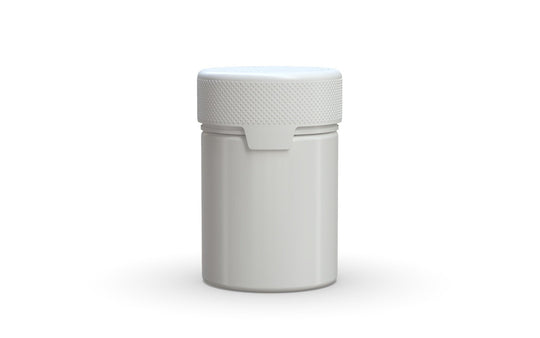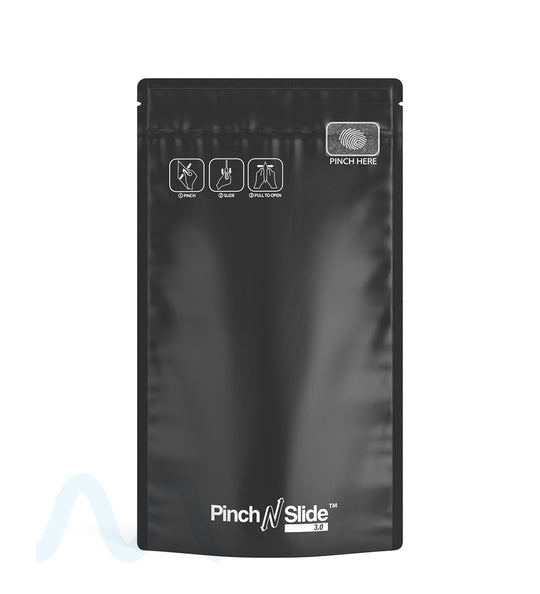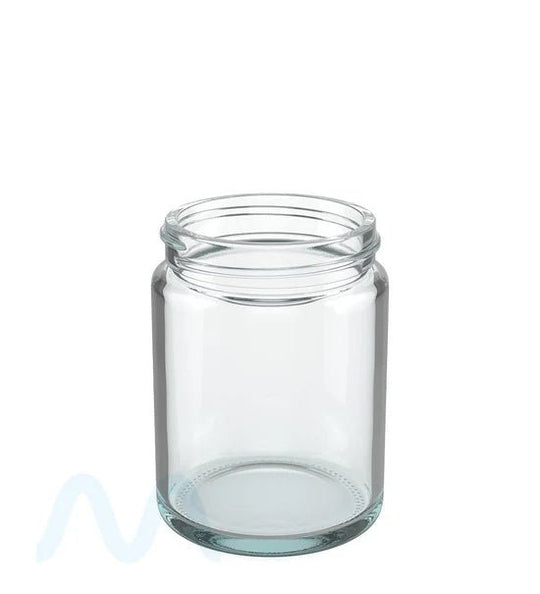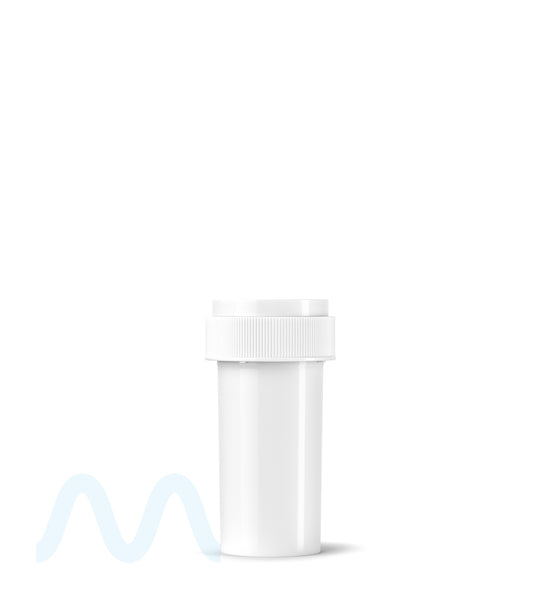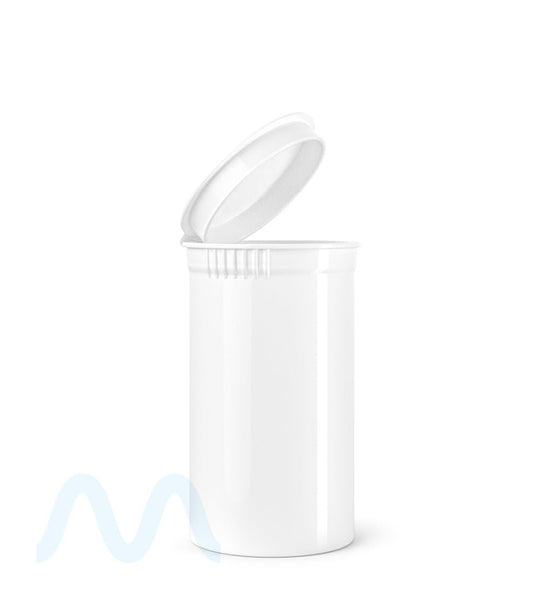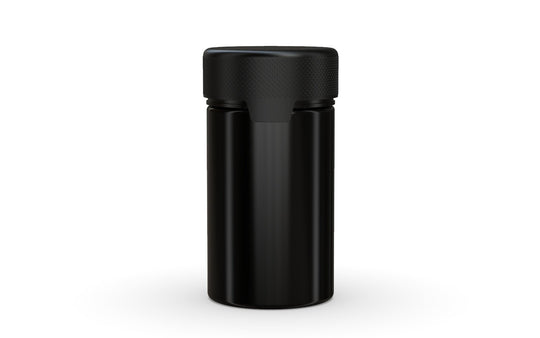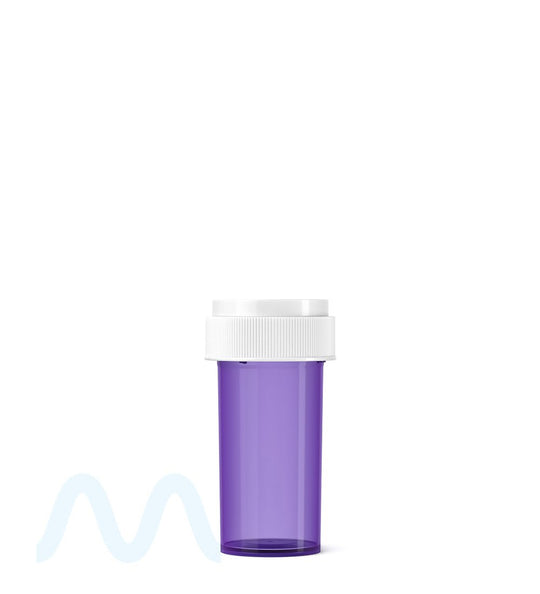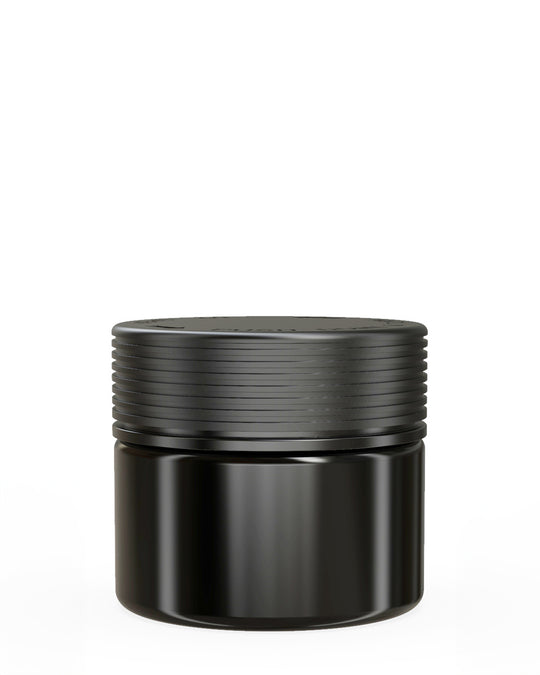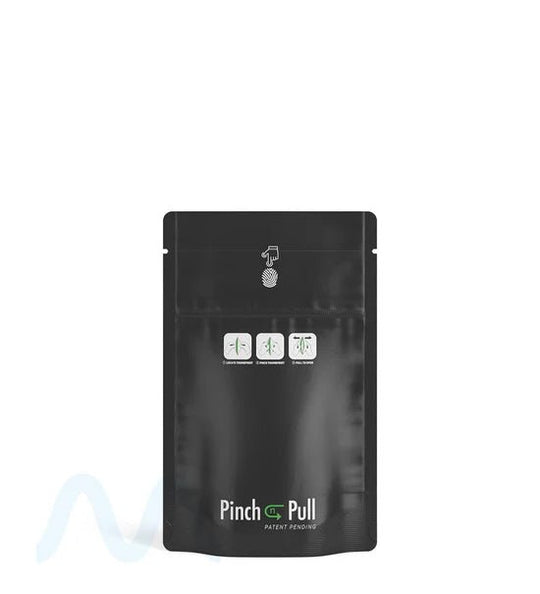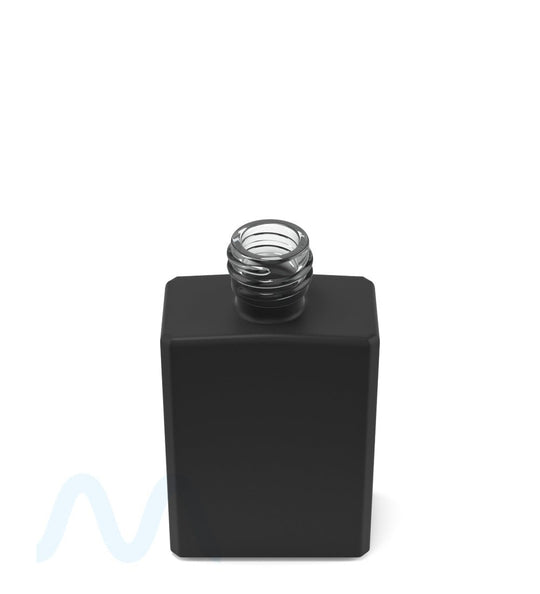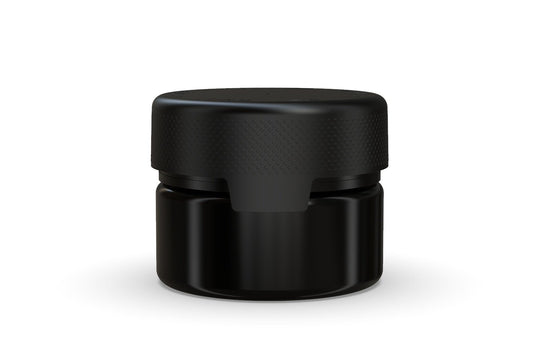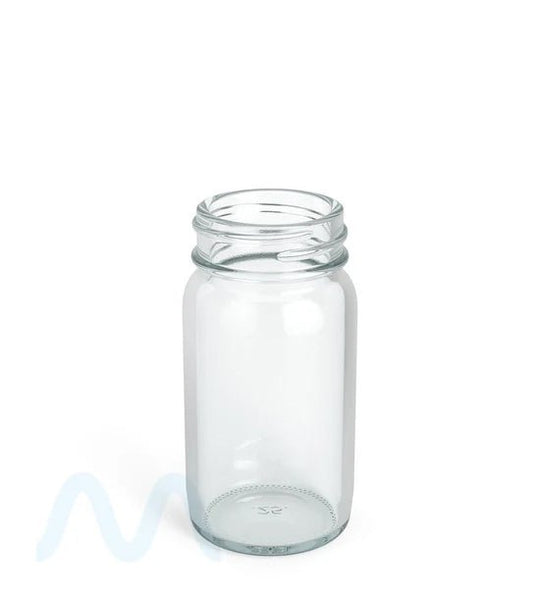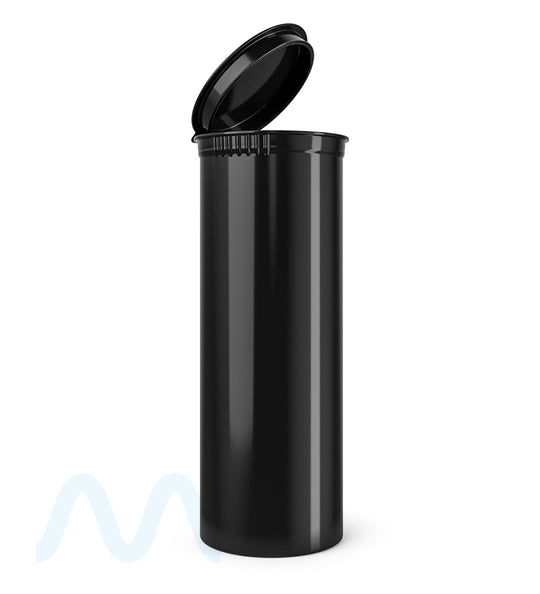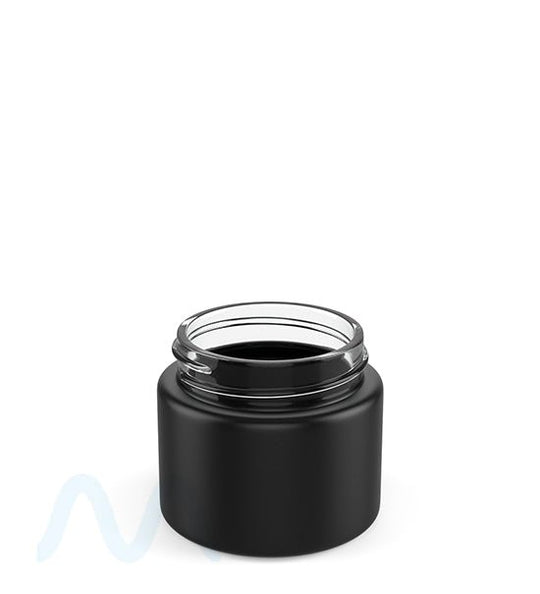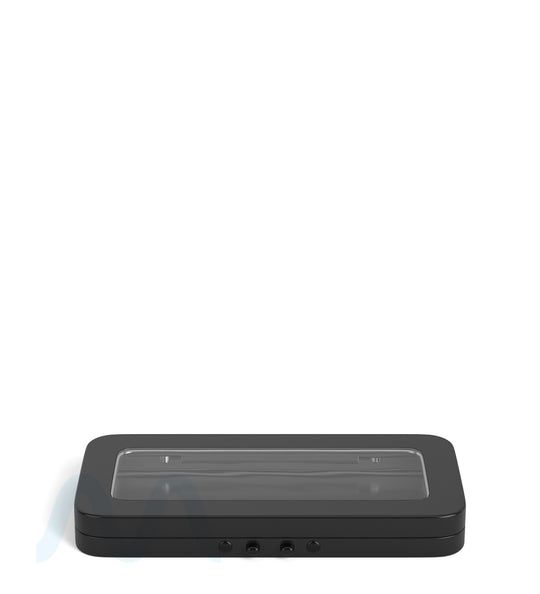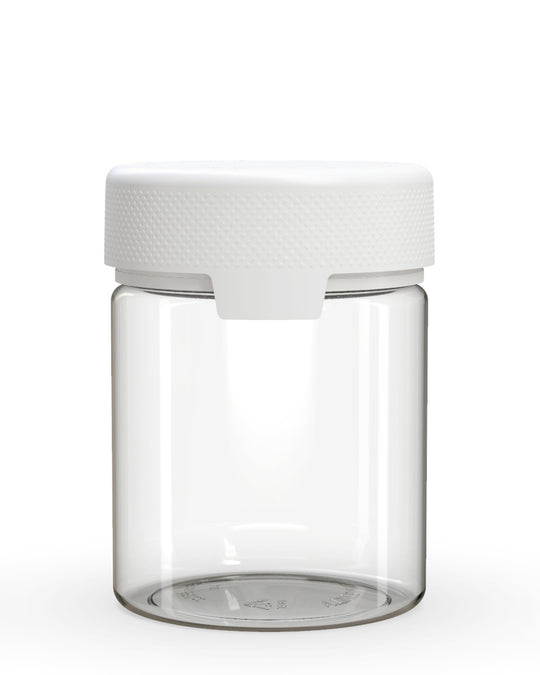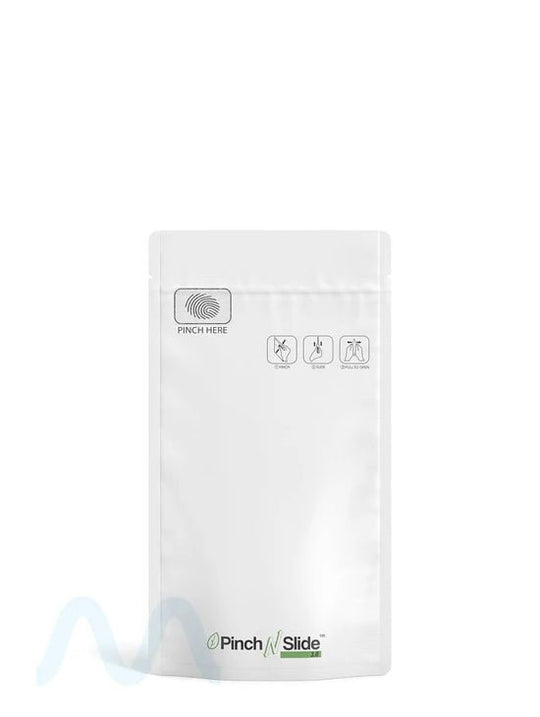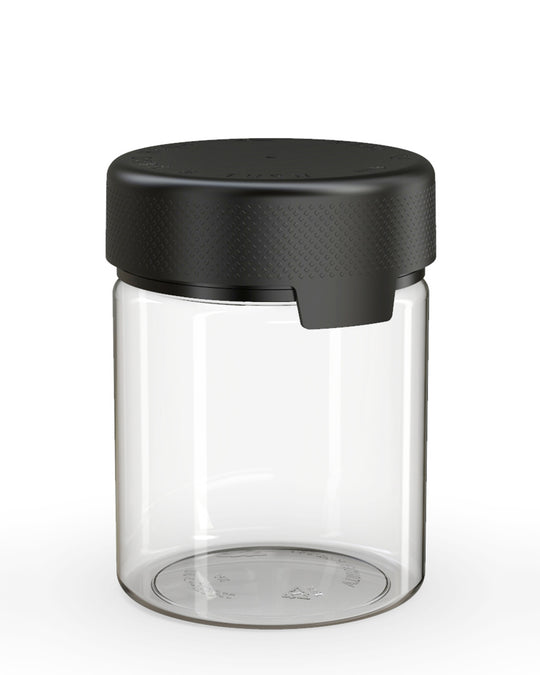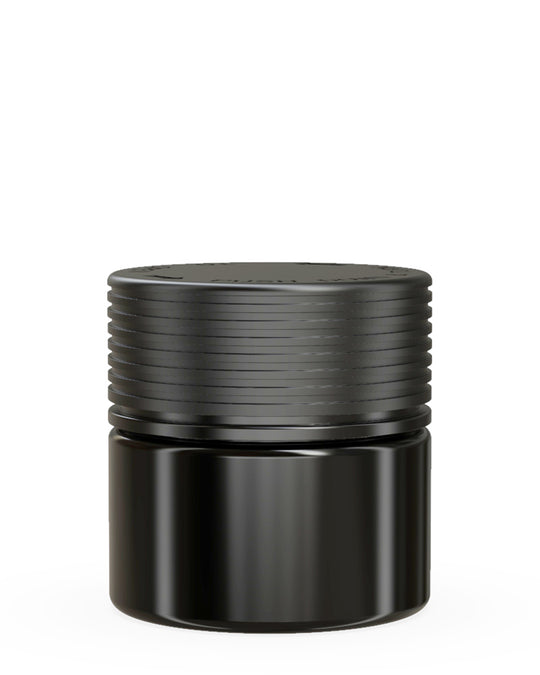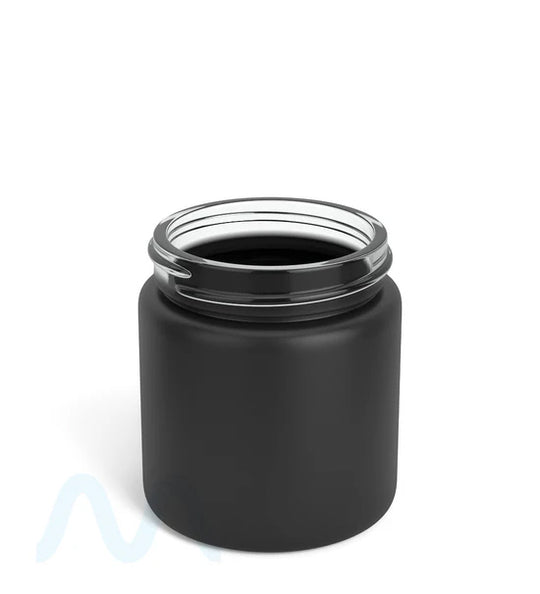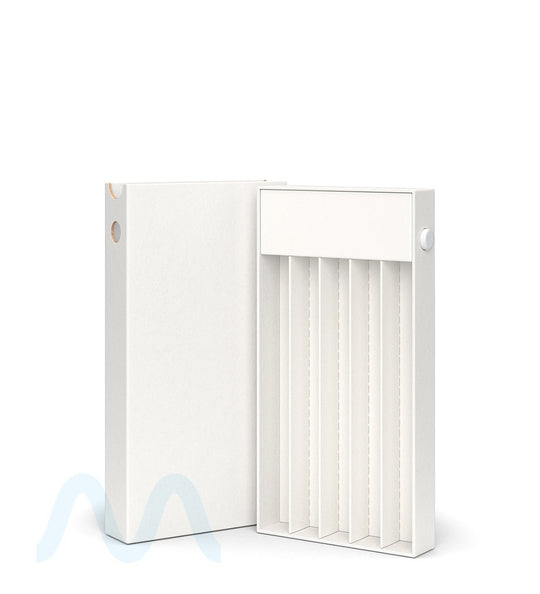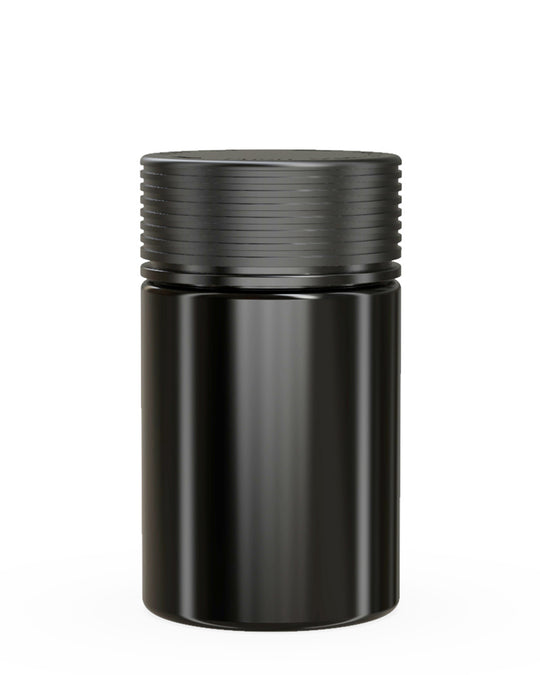Food Packaging
Ensure your consumables are stored properly with our food packaging solutions. Available in a multitude of styles and sizes at affordable wholesale prices, these solutions ensure your products stay fresh and appealing.
Frequently Asked Questions About Food Packaging
What is food packaging?
Food packaging refers to all packaging products that store regulated products consumables and other sorts of foods. Our store has a comprehensive variety of FDA-approved food packaging products suitable for a wide range of regulated products consumables. You can rest assured that our food containers will help prolong the shelf life of your products and retain their shape, potency, and taste until they get to your customers. For this reason, our food packaging products can go a long way in keeping your clients happy and maintaining the profitability of your business.
Are food packaging products child-resistant?
Our food packaging items offer child-resistant locking mechanisms to ensure they are compliant with regulated products laws in various states. Essentially, these food packaging products make it nearly impossible for children to open. However, they are relatively easy for adults and seniors to open and access the packaged items. For this reason, business owners can be sure that their products will not end up in the hands of young kids, thus preventing accidents in homes.
What are the benefits of food packaging?
There are plenty of merits to using our food packaging products for your business. One of the most significant benefits is a prolonged shelf life for your products. Our food packaging products have features that allow your consumables to remain fresh for longer and retain their potency.
Considering that various governing bodies have approved our products, they can be used in numerous industries. In addition, our food packaging is also tamper-resistant. This plays a massive role in increasing your customers' confidence.
How do I properly dispose of food packaging?
When disposing of food packaging products, a crucial rule to keep in mind is always to reduce, reuse, and recycle. Our products are reusable, meaning consumers can reuse the packaging once they finish utilizing the product inside. Also, since many of our food packaging products are recyclable, consumers can discard them at any curbside bin with a recycling symbol.
Food Packaging
Table of Contents
- Food Packaging Evolution: Balancing Protection and Sustainability
- Glass Containers: Versatility and Preservation for Foodstuff
- Flexible Packaging Solutions for Food Products
- Bulk Food Containers: Efficiency at Scale
- Eco-Friendly Food Packaging: Sustainable Solutions
- Specialized Food Packaging for Unique Products
- The Future of Food Packaging: Innovation and Sustainability
Food Packaging Evolution: Balancing Protection and Sustainability
Food packaging has evolved significantly over the decades, transforming from simple protective coverings to sophisticated systems that preserve freshness, extend shelf life, and communicate brand values. Today's packaging for food must balance multiple priorities: product protection, consumer convenience, marketing effectiveness, and increasingly, environmental responsibility.
Modern foodstuff packaging serves several critical functions. It protects contents from contamination, preserves flavor and nutritional value, extends shelf life, and provides essential information to consumers. The right packaging solution can significantly impact a product's market success, affecting everything from perceived quality to practical usability.
As consumer preferences shift toward more sustainable options, manufacturers are reimagining traditional packaging approaches. This has led to innovations in materials, designs, and production methods that reduce environmental impact while maintaining or improving functionality.
Glass Containers: Versatility and Preservation for Foodstuff
Glass remains one of the most trusted materials for food packaging, particularly for products where flavor preservation and visual appeal are paramount. Food jars made of glass offer exceptional barrier properties, preventing oxygen transfer while maintaining product integrity.
The versatility of glass containers spans numerous food categories:
- Canning jars for preserves, pickled vegetables, and homemade sauces
- Honey jars designed to showcase the natural color and viscosity of different honey varieties
- Sauce jars that withstand high-temperature filling processes
- Spice jars that protect aromatic compounds from degradation
For fermented products, specialized containers like kombucha jars and pickling jars are designed to manage the unique preservation requirements of these foods. These containers often feature wider mouths for easy filling and specialized closures that accommodate fermentation processes.
Flexible Packaging Solutions for Food Products
Flexible packaging has revolutionized the food industry by offering lightweight, customizable solutions that reduce transportation costs and environmental footprint. Food bags constructed from multi-layer films provide excellent barrier properties while using significantly less material than rigid alternatives.
Specialty products often require tailored flexible packaging solutions:
- Coffee bags with one-way degassing valves that release CO2 while preventing oxygen entry
- Stand-up pouches with resealable zippers for snacks and dry goods
- Retort pouches that withstand high-temperature processing for ready-to-eat meals
The printing capabilities of flexible packaging also allow for vibrant graphics and detailed product information, enhancing shelf appeal and consumer engagement. Advanced films can provide customized barrier properties tailored to specific product requirements, extending shelf life while minimizing preservative use.
Bulk Food Containers: Efficiency at Scale
For food manufacturers, processors, and distributors, bulk food containers represent an essential component of the supply chain. These large-format packaging solutions optimize storage space, reduce handling costs, and minimize packaging waste per unit of product.
Bulk containers come in various formats, including:
- Large-volume plastic drums and pails for liquids and semi-solids
- Intermediate bulk containers (IBCs) for ingredients and processing inputs
- Industrial-grade bags and liners for dry goods and powders
When selecting bulk food containers, considerations include material compatibility with the product, ease of dispensing, stackability for efficient warehousing, and reusability potential. Advanced bulk packaging systems may incorporate features like tamper-evident seals, integrated dispensing mechanisms, and RFID tracking for inventory management.
For specialty food producers scaling up production, transitioning from small-batch packaging to efficient bulk systems can significantly impact operational costs and production capacity. Investing in the right bulk packaging infrastructure supports growth while maintaining product quality and safety standards.
Eco-Friendly Food Packaging: Sustainable Solutions
Eco-friendly food packaging has moved from niche to necessity as consumers increasingly favor brands that demonstrate environmental responsibility. Sustainable packaging solutions address the entire lifecycle, from raw material sourcing to end-of-life management.
Key approaches to eco-friendly food packaging include:
- Biodegradable materials derived from plant sources
- Compostable packaging that breaks down completely in industrial composting facilities
- Recyclable mono-materials that simplify the recycling process
- Minimalist designs that reduce material usage while maintaining functionality
For organic food packaging, the alignment between product values and packaging choices is particularly important. Consumers of organic products often expect packaging that reflects the same commitment to environmental stewardship as the food itself. This has driven innovation in plant-based films, paperboard alternatives to plastic, and water-based printing inks.
Manufacturers are also exploring reusable packaging systems that allow containers to be returned, sanitized, and refilled, dramatically reducing single-use waste. These circular economy approaches represent the next frontier in sustainable packaging solutions.
Specialized Food Packaging for Unique Products
Some food categories require highly specialized packaging to maintain quality, extend shelf life, or enhance user experience. Gummy packaging, for example, must protect these confections from moisture loss while preventing them from sticking together.
Gummy jars offer an attractive, reusable packaging option that maintains product freshness while showcasing the vibrant colors of the contents. For liquid condiments and dressings, sauce bottles with precise dispensing features enhance the user experience while preventing contamination.
Specialized packaging often incorporates functional elements that address specific product challenges:
- Modified atmosphere packaging that alters the gas composition inside the package
- Oxygen scavengers that actively remove oxygen to extend shelf life
- Temperature-sensitive indicators that signal if products have been exposed to harmful conditions
For products like stevia and other alternative sweeteners, specialized packaging must protect these hygroscopic ingredients from moisture while offering convenient dispensing options. The right specialized packaging solution transforms product challenges into competitive advantages.
The Future of Food Packaging: Innovation and Sustainability
The food packaging industry stands at the intersection of several transformative trends, from sustainability imperatives to digital integration. Looking ahead, several developments will shape the evolution of packaging for food products.
Smart packaging technologies that incorporate sensors, indicators, and connectivity features will provide unprecedented insights into product freshness, supply chain conditions, and consumer usage patterns. These innovations will enhance food safety while reducing waste from premature spoilage.
Biomaterials derived from agricultural waste, algae, and other renewable sources will continue to expand the options for sustainable food packaging. These next-generation materials aim to offer the performance of conventional plastics with dramatically reduced environmental impact.
Regulatory changes worldwide are accelerating the transition away from problematic materials like single-use plastics and per- and polyfluoroalkyl substances (PFAS). Food brands must stay ahead of these shifts by proactively adopting compliant packaging solutions that align with emerging standards.
For food manufacturers navigating this complex landscape, partnering with packaging specialists who understand both current requirements and future trends is invaluable. The right packaging strategy not only protects products today but positions brands for success in tomorrow's more sustainable, transparent, and connected marketplace.











